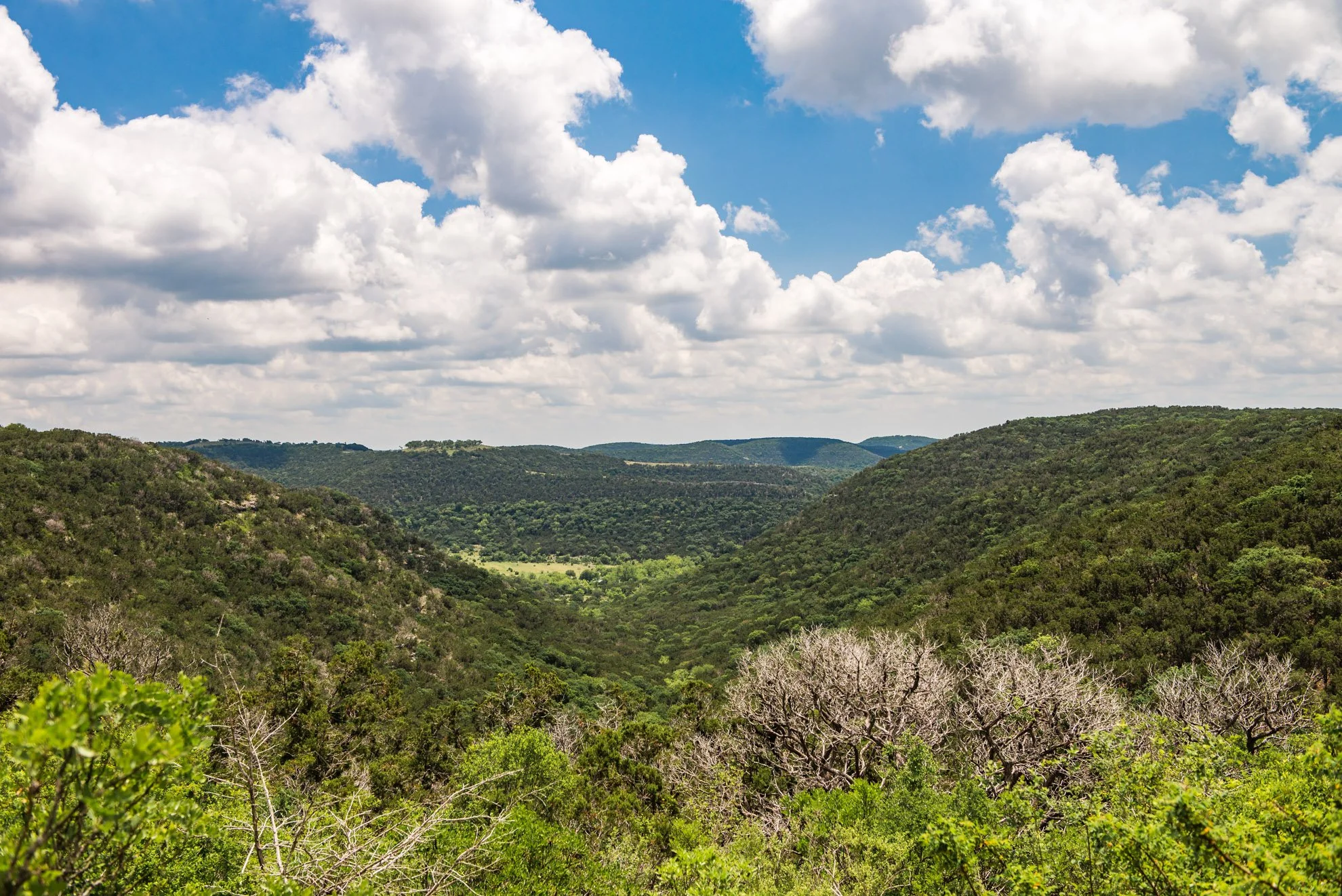
Wetland and Habitat Mitigation
Texas Land Conservancy protects over 40,000 acres of land through mitigation and conservation banking. These permanent conservation agreements offset the loss of wetlands and endangered species habitats.
“Mitigation banks allow us to protect Texas’s most vulnerable habitats by ensuring that any unavoidable environmental impact is offset through real, measurable conservation.”
— Mark Steinbach, TLC Executive Director
What is Mitigation and Conservation Banking?
Federal law says that when construction projects harm the nation's waterways or federally threatened and endangered species, the damage must be offset by protecting or restoring similar natural areas. These requirements ensure that the important benefits nature provides are not lost.
The U.S. Army Corps of Engineers manages permits for wetland mitigation banks under the 1972 Clean Water Act and the U.S. Fish and Wildlife Service oversees conservation banks for listed threatened and endangered species under on the 1973 Endangered Species Act.
Texas Land Conservancy’s Role
Every mitigation and conservation bank must have permanent protection in place. That’s where Texas Land Conservancy comes in. With a strong conservation easement program and national accreditation as a land trust, TLC is a trusted partner. We help give credibility and support during the long and complicated permitting and approval processes that our mitigation partners go through.
Benefits of Mitigation and Conservation Banking
As Texas continues to experience rapid growth, it’s important to balance building new infrastructure and protecting the environment. The benefits of mitigation and conservation banking include:
No Net Loss: The total acreage of wetlands in the country does not decrease but stays the same or increases.
Advance Mitigation: Protection happens before development starts, so ecosystems aren’t lost even for a short time.
Improved Ecological Outcomes: These sites are managed by experienced biologists and ecologists.
Fully Funded: These projects have secure funding to make sure the land is managed and monitored long-term.
Landscape-Scale Ecosystem Protection: Large, connected ecosystem areas are protected instead of small, fragmented, or isolated patches.
Permanent Protection: The land is protected forever through the legal agreement of a conservation easement.
Local protection: Mitigation happens within the same watershed or region of impacted sites.
Featured Mitigation and Conservation Banks
TLC’s 40,000+ acres of mitigation and conservation banks under permanent protection provide important environmental benefits for Texans across the state. Some of our favorite and most notable projects include:
Daisetta Swamp, Long Island Cove,
Cook Farms Mitigation Banks
1,362 acres
Daisetta Swamp forested and herbaceous wetlands.
Gin City, Bayou Bend, and Mont Belvieu Mitigation Banks
1,454 acres
Cedar Bayou forested wetlands.
Keystone Mitigation Bank
2,558 acres
Upper Sabine River bottomland wetland forest.
El Diablo (Val Verde
Conservation Bank)
500 acres
Black-capped Vireo habitat in Devils River watershed.
Lake Houston Mitigation Bank
766 acres
East Fork San Jacinto River and
Lake Houston bayous.
Pineywoods Mitigation Bank
19,079 acres
Neches River bottomland wetland forest.
Festina Lente Ranch
Conservation Bank
714 acres
Golden-cheeked Warbler habitat
in Bandera County.
Spellbottom and Gibbs Brothers Mitigation Banks
1,248 acres
West Fork San Jacinto River bottomland forest.
Miradores Mitigation Site
1,533 acres
South Laguna Madre thornscrub, coastal prairie, and depressional wetlands.
Arnold Creek Mitigation Bank
952 acres
East Fork Trinity River and Lavon Lake watershed.










